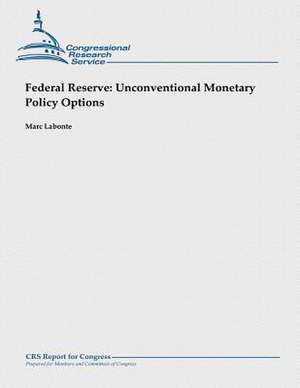Federal Reserve
Autor Marc LaBonteen Limba Engleză Paperback
Preț: 94.01 lei
Nou
Puncte Express: 141
Preț estimativ în valută:
17.99€ • 18.56$ • 15.01£
17.99€ • 18.56$ • 15.01£
Carte disponibilă
Livrare economică 05-19 martie
Preluare comenzi: 021 569.72.76
Specificații
ISBN-13: 9781482762402
ISBN-10: 1482762404
Pagini: 38
Dimensiuni: 216 x 279 x 2 mm
Greutate: 0.11 kg
Editura: CREATESPACE
ISBN-10: 1482762404
Pagini: 38
Dimensiuni: 216 x 279 x 2 mm
Greutate: 0.11 kg
Editura: CREATESPACE
